Great thread, glad to see an old Afghan strain brought back in it's un-hybridized form. My friend and I have about 2 dozen seeds of a wonderful Afghani called Pot of Gold Hashplant. (not the same thing as the Flying Dutchman strain) The original breeder lost all his seeds in the Mendocino fires a couple years back, they're all that's left. At least they're only a few years old so most of them should sprout. Instead of trying to describe it here's a few pictures.
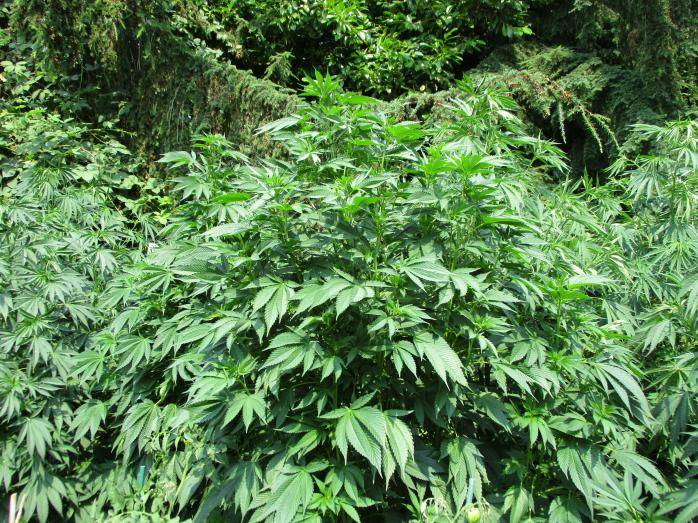
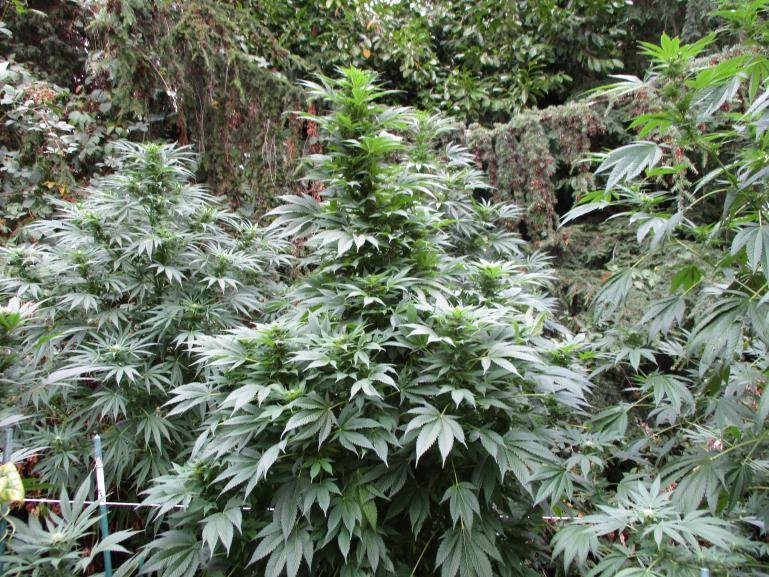
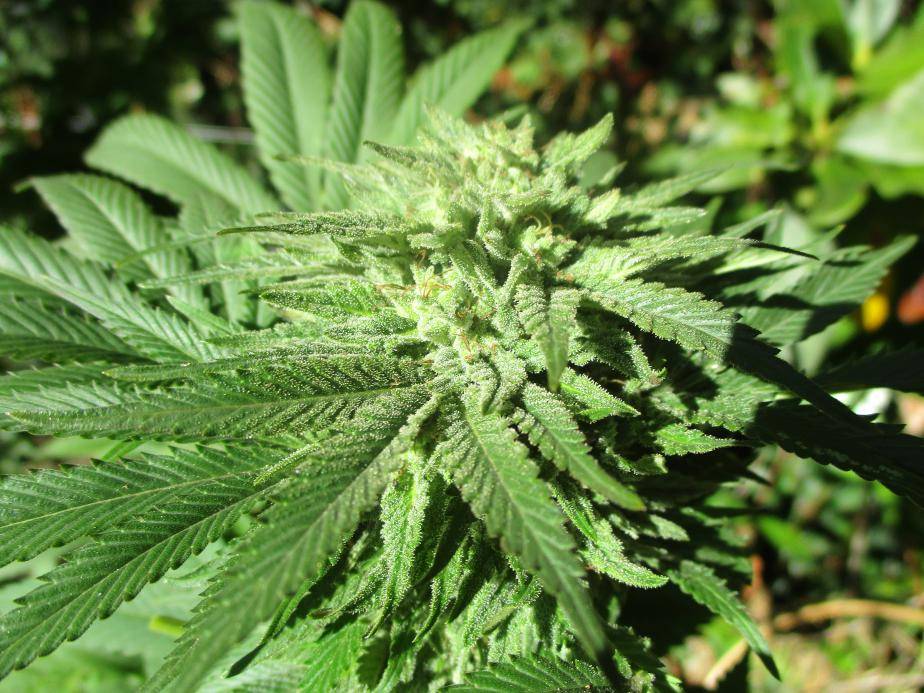
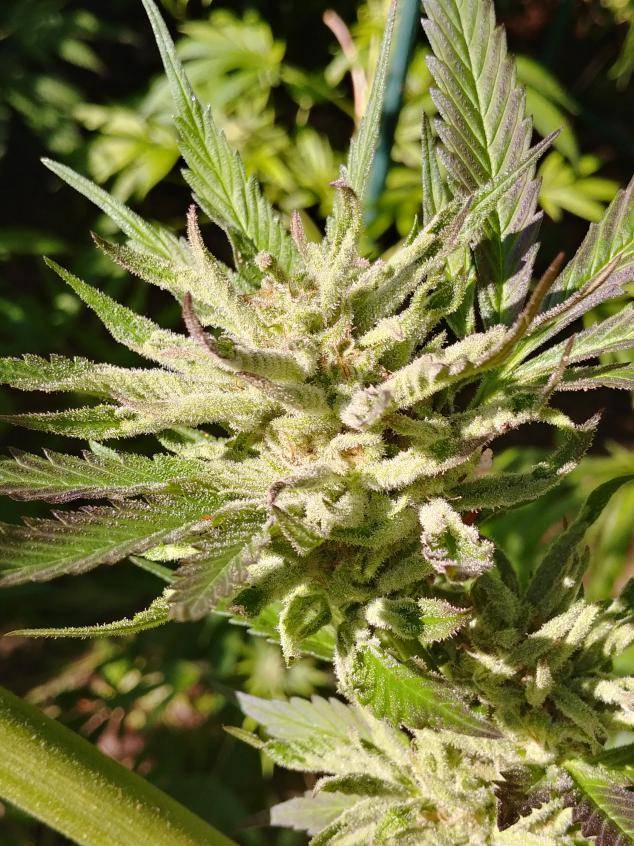
Strong stuff, makes amazing hashish. It's a dilemma as to how best to preserve it. It's got a small amount of hybrid genes in it, one phenotype you can tell has a bit of OG diesel type smells. It's awesome but I want to preserve the original Afghan genetics so an open pollination is out of the question. I grow mostly outdoors anyway so letting the males and females go at it isn't really a possibility unless I do a special indoor seed crop. I could pick the best males, mix all the pollen from them, then apply to the girls. Each phenotype is special, haven't found a dud one.
The other option which I'm leaning towards is keeping the males separate and labeled and applying them individually to each plant. Less of a total mixing of genes but it also allows me to select towards the phentotypes I favor. The hybrid genes aren't much of a problem, the plants are all hashplants and all excellent. I'd still like to separate out the different 'component parts' and breed along those lines.
As far as finger counts, growing outdoors you see that 11 is the standard. Most plants get there regardless of whether they're tropical thin leaf or wide leaf. 13 is impressive but doable as long as the plant gets big enough. I'm curious what you'd call this Afghan monstrosity, 11 1/4?
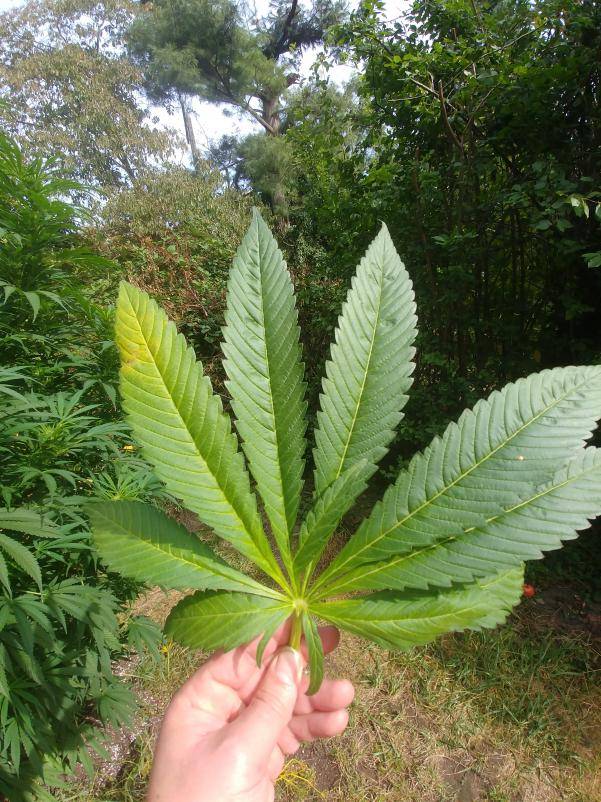
Strong stuff, makes amazing hashish. It's a dilemma as to how best to preserve it. It's got a small amount of hybrid genes in it, one phenotype you can tell has a bit of OG diesel type smells. It's awesome but I want to preserve the original Afghan genetics so an open pollination is out of the question. I grow mostly outdoors anyway so letting the males and females go at it isn't really a possibility unless I do a special indoor seed crop. I could pick the best males, mix all the pollen from them, then apply to the girls. Each phenotype is special, haven't found a dud one.
The other option which I'm leaning towards is keeping the males separate and labeled and applying them individually to each plant. Less of a total mixing of genes but it also allows me to select towards the phentotypes I favor. The hybrid genes aren't much of a problem, the plants are all hashplants and all excellent. I'd still like to separate out the different 'component parts' and breed along those lines.
As far as finger counts, growing outdoors you see that 11 is the standard. Most plants get there regardless of whether they're tropical thin leaf or wide leaf. 13 is impressive but doable as long as the plant gets big enough. I'm curious what you'd call this Afghan monstrosity, 11 1/4?




